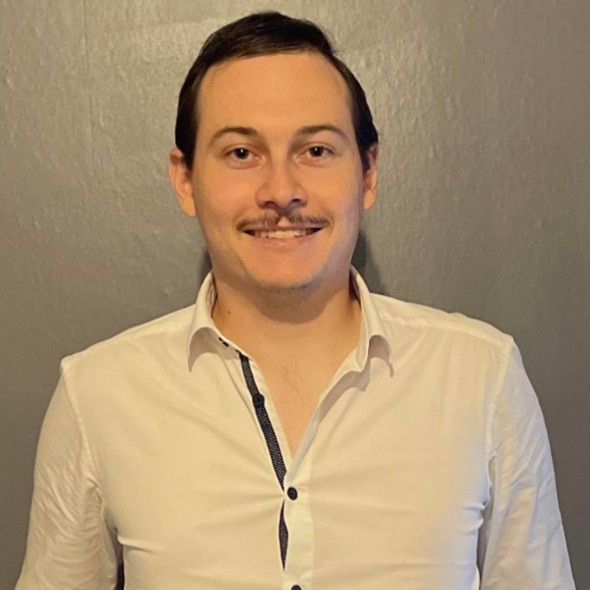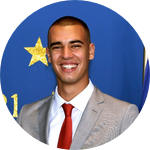About This Project
A project to increase CO2 fixation in photosynthetic organism
Ask the Scientists
Join The DiscussionWhat is the context of this research?
To fix atmospheric CO2, organisms with oxygenic photosynthesis all use the Calvin Benson cycle.
The key enzyme of this cycle is Rubisco but this enzyme is not optimized because it combines the problems: It fixes only between 5 and 10 molecules of CO2 per second which is very slow for an enzyme, Its non specific which means that it can assimilate O2 instead of CO2 (this leads to the production of metabolic waste which is expensive in energy to be recycled via the cycle of photorespiration), Its a big enzyme which is present in large quantities (to compensate its slowness) so it consumes a lot of resources to be produced.
Currently, this enzyme, by limiting the ability to fix CO2 efficiently, prevents photosynthetic organisms from optimally fighting global warming
What is the significance of this project?
We have organisms capable of fighting global warming by removing CO2 directly where it causes problems (in the atmosphere). There's no need for solvents, heat, power sources or infrastructure. The only thing these organisms need is water and energy from the sun. So rather than trying to find expensive and complicated ways of removing CO2 from the atmosphere, why don't we concentrate on something we've known works for billions of years: photosynthetic living organisms.
If we want to drastically reduce the amount of CO2 in the atmosphere as quickly as possible, we need to find a solution that allows photosynthetic organisms to reach their full potential (i.e. the only limit to CO2 fixation is the amount of solar energy captured by the plant, not a functional but outdated enzyme).
What are the goals of the project?
The objective of Carbon Killer is to allow photosynthetic organisms to reach their full potential in terms of CO2 fixation. And to obtain a proof of concept proving that its possible for these organisms to be limited in CO2 fixation, only by the amount of solar energy they receive, rather than by the Rubisco. If it works, it would permit to obtain a cyanobacteria capable of fixing CO2 much more efficiently than all current photosynthetic organisms, which would make it possible to slow down or reduce global warming by scaling its cultivation.
The objective is also to characterize the performance of such an organism to determine its usefulness for the direct capture of atmospheric CO2 (DAC), for Carbon Capture and Storage (CCS) and for Carbon Capture and Utilization (CCU).
Budget
Itemized budgets and narrative for how this supports are in Solution Statement.
 Project Timeline
Project Timeline
N/A
Oct 31, 2024
Project Completion
Meet the Team
Affiliates
Team Bio
I met the members of the STARFLEET team within the IGEM Sorbonne University team. We all share a keen interest in synthetic biology and innovation which explains why I managed to convince them to be part of my STARFLEET association.
Jean-Baptiste Rouillé
Passionate about synthetic biology and a Master 2 mSSB student, I'm doing my internship on SOLARIS as part of the IGEM Evry Paris Saclay 2025 team project.
Stefan Kolev
I am a student in third year of a double Bachelor's in Biology and Chemistry at Sorbonne Univeristé, Paris.
Project Backers
- 0Backers
- 0%Funded
- $0Total Donations
- $0Average Donation

